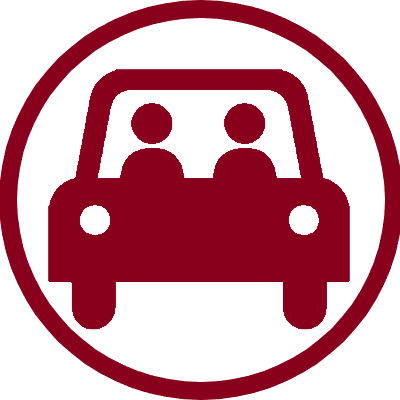
habit@.
gamifying sustainability.
a simple, minimalistic web app that educates users about sustainability and tracks green habits.
join the movement: save our habit@s.

a simple, minimalistic web app that educates users about sustainability and tracks green habits.
join the movement: save our habit@s.




Agriculture makes up 70% of freshwater demand. Products such as beef and commodities such as chocolate tend to use the most water. The average water footprint of meat from beef cattle (15,400 cubed metric tons) is twenty times larger than for cereals and starchy roots. By choosing alternatives such as a salad or chicken in contrast to beef, you can help to significatly reduce long-term water usage, as these commodities require less water to cultivate.
Domestic Use makes up 8% of freshwarer demand. According to the EPA, bathroom faucets run at about 2 gallons of water a minute. Therefore, by turning off faucets and taking shower showers, you can significatly cut down on your water usage overall. It is also a good practice to only use dishwashers once it is entirely full, as it requires less water than hand-washing them one-by-one.
One third of all plastic waste ends up in soils or freshwater. Very little of the plastic we discard every day is recycled or incinerated in waste-to-energy facilities. Much of it ends up in landfills, where it may take up to 1,000 years to decompose, leaching potentially toxic substances into the soil and water. However, by reducing, reusing, and recycling pre-existing water bottles, we can prevent some of the negative environmental impacts associated with them.
Plastics are durable, lightweight and inexpensive materials. They can readily be molded into various products which find uses in a plethora of applications.
Every year, more than 100 million tons of plastics are manufactured across the globe. Around 200 billion pounds of new plastic material is thermoformed, foamed, laminated and extruded into millions of packages and products. Due to the fact that they are non-biodegradable and persist in nature for extended periods of time, improper disposal of plastic can lead to ocean pollution and bioaccumulation in the food chain. Thus, it becomes vital for consumers to reuse, reduce, and recycle old bottles instead of continuing to buy single-use bottles.

Vehicles and engines account for about 78% of CO emissions in the United States. Carbon monoxide poses risk to humans and other animals, even in small concentrations. It can bind irreversibly to hemoglobin in red blood cells, preventing the hemoglobin from binding with oxygen. Vehicle exhaust also contributes to global climate change and acid deposition: the setting of acidic or acid-forming pollutants from the atmosphere onto Earth’s surface. This can take place through precipitation, fog, gases, or the deposition of dry particles
Acidic deposition can have wide-ranging, cumulative detrimental effects on ecosystems and on our built environment. Acids leach nutrients such as calcium, magnesium, and potassium from the topsoil, altering soil chemistry and harming plants and soil organisms. In order to combat the increasing emissions of carbon monoxide and carbon dioxide in our environment, simple decisions such as carpooling or opting to take mass transit instead of point-sources like cars, you can help reduce the amount of greenhouse gas emissions and acid rain.



